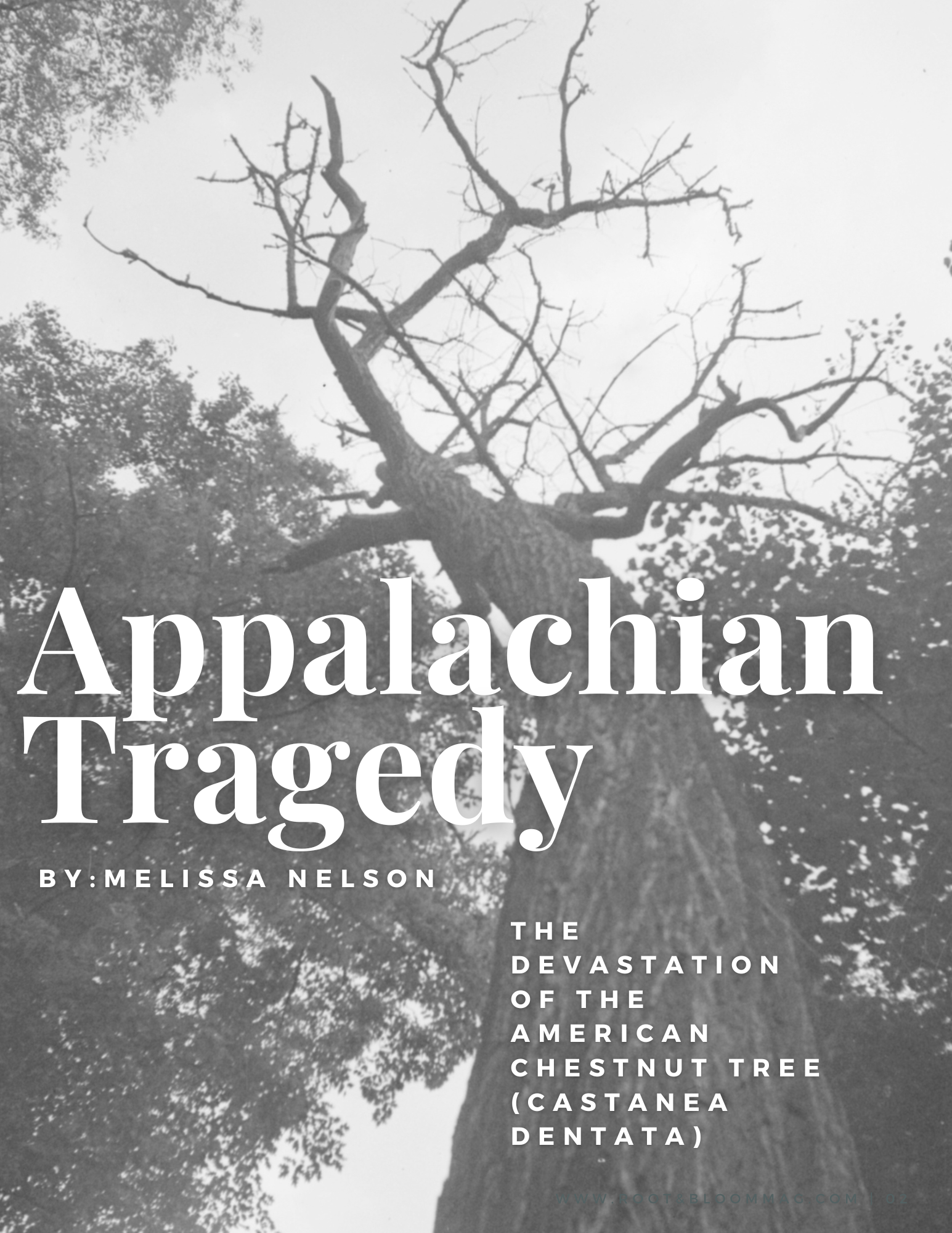
The blight was like a silent wind, sweeping through the forest, leaving behind only the hollowed-out skeletons of what had once been the monarchs of the forest.
There’s something undeniably wild about the people of Appalachia—a resilient nature and determined spirit that runs through our veins. Growing up with waterfalls as my backdrop and majestic landscapes at every turn, I felt an unshakable connection to the land, as if the frontier spirit of adventure had been passed down through generations. This bond isn’t just with the mountains; it’s woven into the music that fills the hills, the stories we tell, and the way we live.
Appalachia is a place where the mountains are wild, untamed, and yet, for centuries, people have learned to live here—adapting, growing, and enduring, much like the trees that once covered these hills. One tree, in particular, stands out in the story of Appalachia—the American Chestnut. If you’ve never heard of it, it’s because this giant of the forest, once the cornerstone of Appalachian life, was wiped from the landscape in the early 20th century.
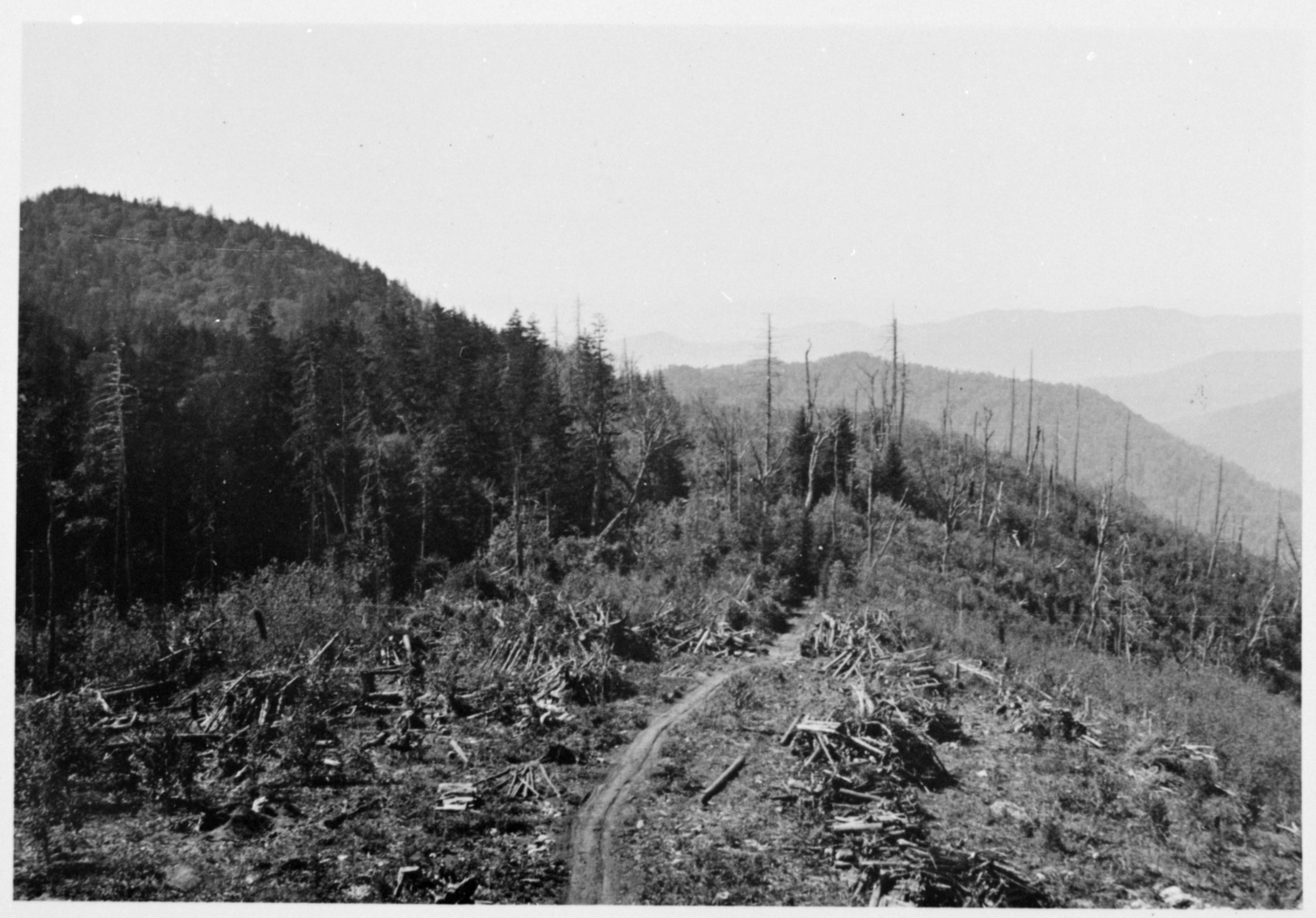
The Tree That Once Ruled the Forest
The American Chestnut wasn’t just any tree—it was the tree. Towering and graceful, it filled the Appalachian forests, sometimes reaching over 100 feet tall. Known as the “redwood of the East,” its wood was prized for its strength, rot resistance, and versatility. It provided food with its sweet, nutty fruit, shelter with its wood, and comfort with its shade. It was more than just a part of the landscape—it was woven into the daily lives of the people who lived in its shadow.
The chestnut was the backbone of rural Appalachian communities—feeding livestock, sustaining families, and fueling industries like tanning and timber. To me, trees are more than a feature of the land—they are part of its soul. And the chestnut was the very heart of that soul.
The Blight That Changed Everything
Then came the blight. It arrived quietly, unnoticed at first, when it was detected in New York in 1904. Within a few decades, the chestnut blight—a relentless fungal disease—had decimated nearly every mature chestnut tree in Appalachia. What unfolded was a tragedy of epic proportions, a biological catastrophe so vast it’s difficult to fathom. By the 1950s, close to four billion chestnut trees had been wiped out, leaving only faint memories of their noble stature.
The loss wasn’t just devastating; it was transformative. Imagine if every oak or maple tree vanished from our forests today, leaving behind nothing but barren landscapes. Appalachia, once crowned by majestic chestnut forests, now stood silent and skeletal—a haunting echo of what had been.

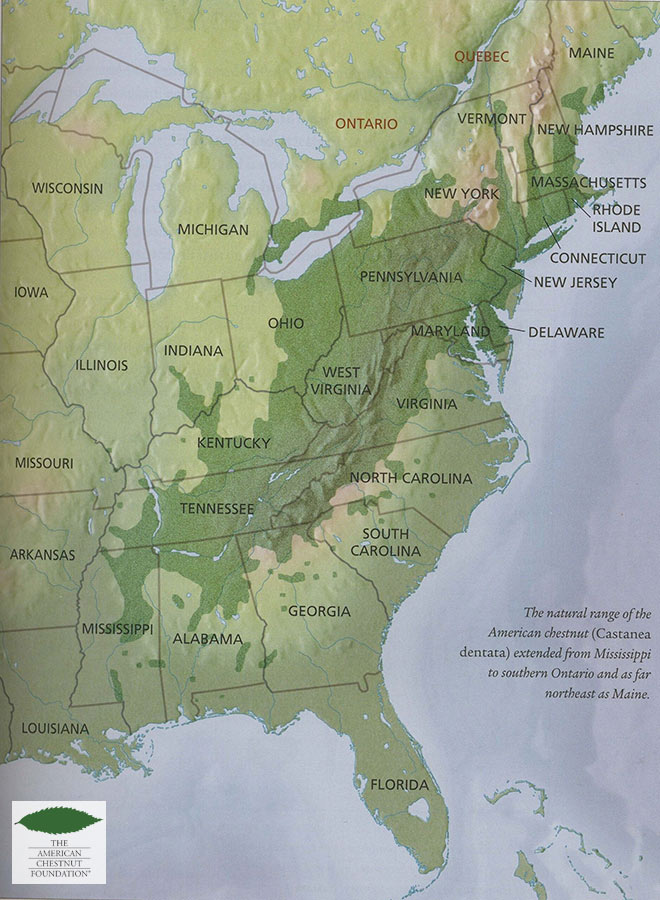
For the people of Appalachia, the death of the chestnut was like the ground itself shifting beneath their feet. It wasn’t just a tree that had died; it was a way of life. The chestnut had been woven into the fabric of daily existence, providing food, warmth, and shelter for generations. Its sudden disappearance left these remote, rugged hills even more precarious.
The people of Appalachia had always lived in delicate balance with the wild—relying on the land’s abundance while respecting its fierce, untamed nature. With the chestnut gone, they were forced to adapt.
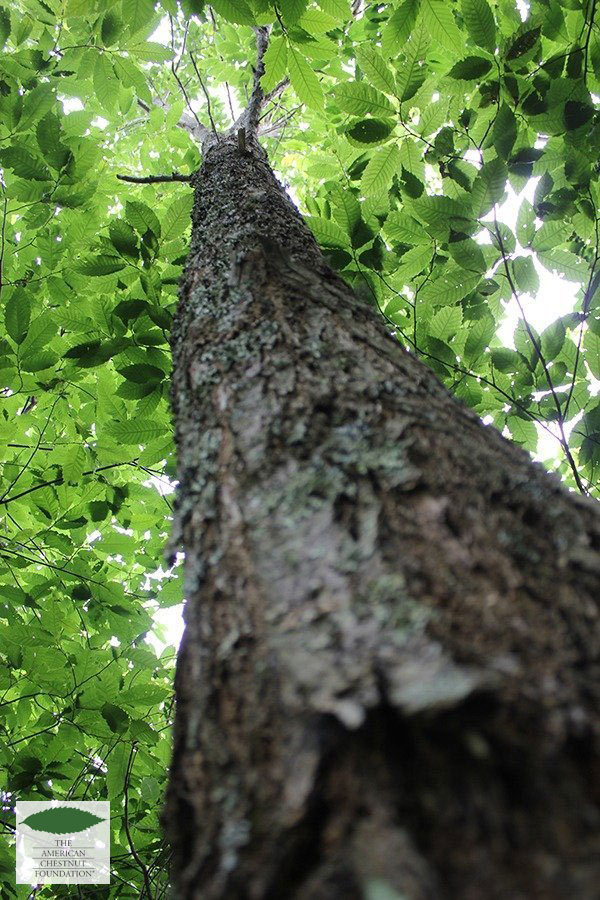
Adapting to a Changed Landscape
Appalachians have always been a people of resilience. Living in these mountains has never been easy, but it has taught us to adapt and survive. The rugged terrain and isolation have bred a fierce independence, yet also a deep bond with the land. Losing the chestnut was like losing an anchor, but as they always have, the people of Appalachia found new ways to live and work the land.
Other trees, like oaks, hickories, and maples, moved in to fill the gap left by the chestnut. They provided some of what the chestnut once did, but they could never fully replace it. The chestnut had been a keystone species—its nuts fed wildlife and humans alike, and its wood was unmatched in quality. Oaks and hickories helped restore the forest, but the balance had shifted permanently, and the landscape—and the people—were forever changed.
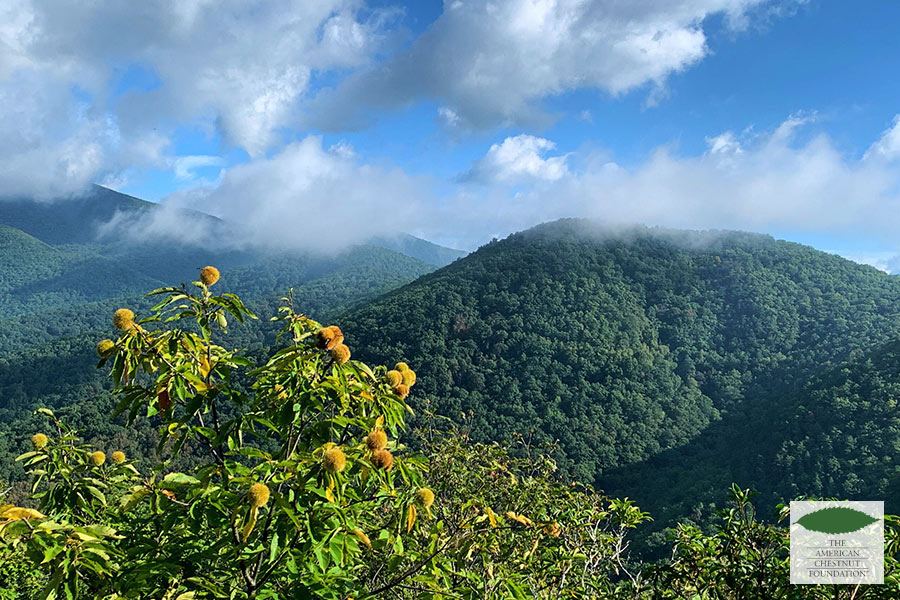
The Beauty and Resilience of Appalachia
Even after the chestnut’s disappearance, Appalachia remains one of the most beautiful places in the world. The mountains still roll on, their forests stretching for miles, rivers cutting through valleys, and wildlife thriving beneath the canopy of towering trees. The land remains resilient, just like the people who live here.
Despite its demise as a dominant lumber and nut-producing species, the American chestnut is not completely extinct. While the chestnut blight devastated the population, the fungus is unable to kill the tree’s underground root system, which remains alive. These roots continue to send up stump sprouts, particularly in cutover or disturbed areas with abundant sunlight. However, these sprouts inevitably succumb to the blight before reaching maturity. This cycle of regrowth and destruction has kept the species alive in a diminished state, though it is now considered functionally extinct—unable to reproduce on a large scale without intervention.
The American Chestnut Foundation (TACF) is leading efforts to restore this iconic tree to its native range in the eastern United States. Through a combination of scientific research and selective breeding, TACF is working to develop a blight-resistant American chestnut capable of thriving in the wild. Their goal is to bring the tree back to its former prominence in American forests. By becoming a member or supporting their mission, you can help ensure the future of the American chestnut and be part of this historic conservation effort.
The loss of the chestnut was a profound tragedy, but like the people of these mountains, the land endures. It may look different now, but its wild spirit remains—the same untamed, beautiful, and enduring place it has always been.
